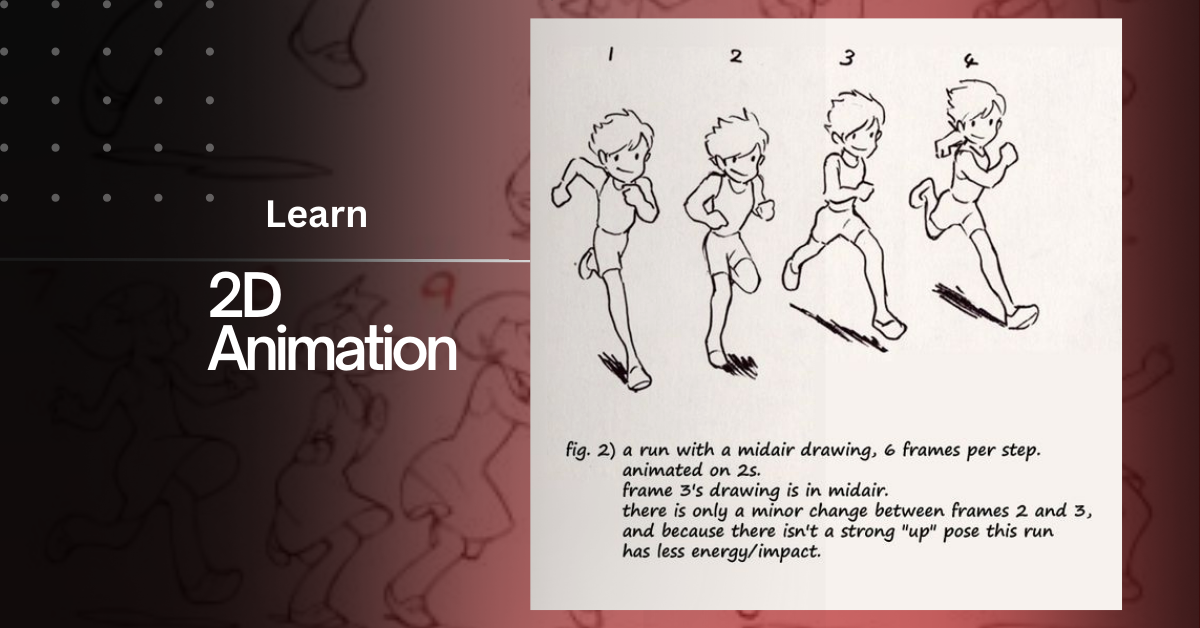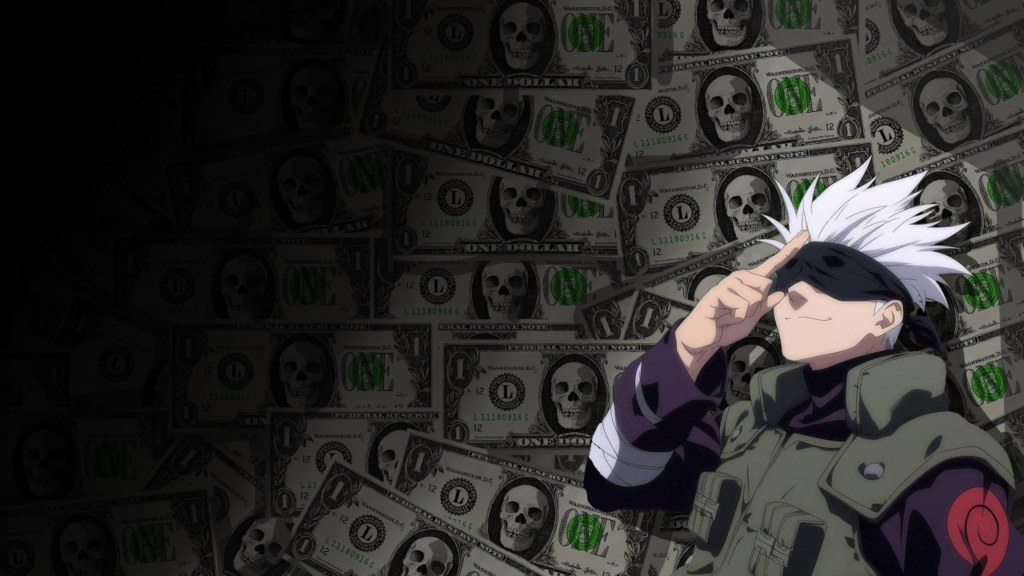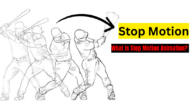
2D Animation
Introduction to 2D animation

2D animation is the art of creating movement in a two-dimensional space. It involves drawing characters, backgrounds, and objects on a flat surface and then sequencing these drawings to create the illusion of motion. Classic examples include cartoons like “Tom and Jerry” or early Disney films.
History of 2D Animation
Initial Steps:
It has a long history that begins in the late 1800s. By hand-drawing each frame, early pioneers such as Émile Cohl and Winsor McCay produced some of the earliest animated films. One of the most well-known early examples, McCay’s Gertie the Dinosaur (1914), demonstrates how animation can bring characters to life.
Animation’s Golden Age:
The term “Golden Age of Animation” is frequently used to describe the years 1930–1950. Studios like Disney, Warner Bros., and Fleischer Studios created renowned animated movies and cartoons during this time. The first feature-length animated picture was Disney’s Snow White and the Seven Dwarfs (1937), which raised the bar for animation and narrative.
Modern 2D Animation:
Traditional animation declined as 3D animation gained popularity in the 1990s and 2000s, although it never really vanished. With the development of digital tools and software, It is now more widely available and adaptable, enabling the use of both digital and hand-drawn animation techniques. These days, It is utilized in a wide range of media, including mobile apps and feature films.
Techniques and Processes in 2D Animation
Traditional Hand-Drawn Animation:
Every frame of a classic animation is manually drawn. Keyframes are the primary positions or actions in a sequence that animators create. To give the impression of motion, they then draw the “tweening”—the in-between frames. Although this method is labor-intensive and highly skilled, it permits a great deal of creativity and expression.
Digital 2D Animation:

The creation of digital tools has led to a significant shift in the it process toward computer use. Digital character and scene creation, editing, and animation are made possible for animators by programs such as TVPaint, Toon Boom Harmony, and Adobe Animate. These technologies frequently come with capabilities that speed up the animation process and create new artistic opportunities, such as layering, rigging, and onion skinning.
Cut-Out Animation:
The cut-out animation method builds figures and objects from flat materials like paper, cloth, or digital images and animates them frame by frame. This technique, which can used conventionally or digitally, is well-known for its distinctive, stylized look. This method was first utilized by shows like South Park before switching to digital animation.
Rotoscoping:
Animators use a process called rotoscoping to apply frame-by-frame tracing over live-action video to produce realistic movement. Animators still frequently employ this technique in modern animation to accomplish specific effects, especially when they aim to replicate realistic motion.
Applications of 2D Animation
Feature Films:
Although 3D animation dominates Hollywood, feature films still use 2D animation, particularly in independent theaters and countries like Japan, where anime, a form of 2D animation, plays a major role in cultural exports. Movies like Spirited Away and the original 1994 version of The Lion King showcase its ability to tell compelling stories.
Television Shows:
Television has long featured 2D animation, with beloved programs like The Simpsons, SpongeBob SquarePants, and Looney Tunes emerging as pop culture mainstays. Two-dimensional animation is a simple and effective medium that works well with the hectic TV show production schedules.
Video Game
Video games use it for cutscenes, backdrops, and character sprites. Many classic games like Super Mario Bros. and Street Fighter relied heavily on it, and many independent games today, such as Hollow Knight and Cuphead, continue to use it to create a distinct look.
Advertising and Marketing:
Because Marketing and advertising professionals often use it to convey ideas clearly and rapidly. Animated commercials, explainer videos, and social media ads frequently employ it to captivate viewers and deliver messages in an eye-catching manner.
Advantages and Challenges of 2D Animation
Advantages:
.Creative Expression: A vast array of artistic styles and approaches, from simple and abstract to very realistic and detailed, are possible with 2D animation.
.Cost-Effectiveness: 2D animation can be less expensive than 3D animation, particularly for projects with simpler ideas and motions.
.All audiences can find something ageless and appealing about the visual style of 2D animation.
Challenges:
Labor-intensive: Traditional animation requires a lot of time and labor to produce because each frame must drew by hand.
.Limited Depth: 2D animation is intrinsically flat, which can be a drawback in some situations. In contrast, 3D animation is capable of producing realistic depth and perspective.
.Changing Technology: In order to remain competitive in the field, animators need to continuously acquire new software and methods as digital tools advance.
Conclusion:
Over time, It has seen substantial evolution, resulting in a rich and diversified art form. Since utilizing hand-drawn frames, it has fascinated viewers with its unique ability to convey stories, stir emotions, and create worlds. It is now with digital technologies. Despite its challenges in a sector dominated by 3D, 2D animation is still an essential and beloved part of the visual arts.












